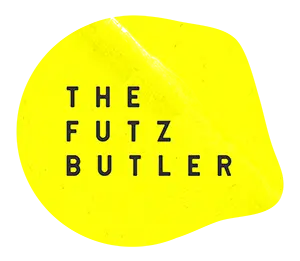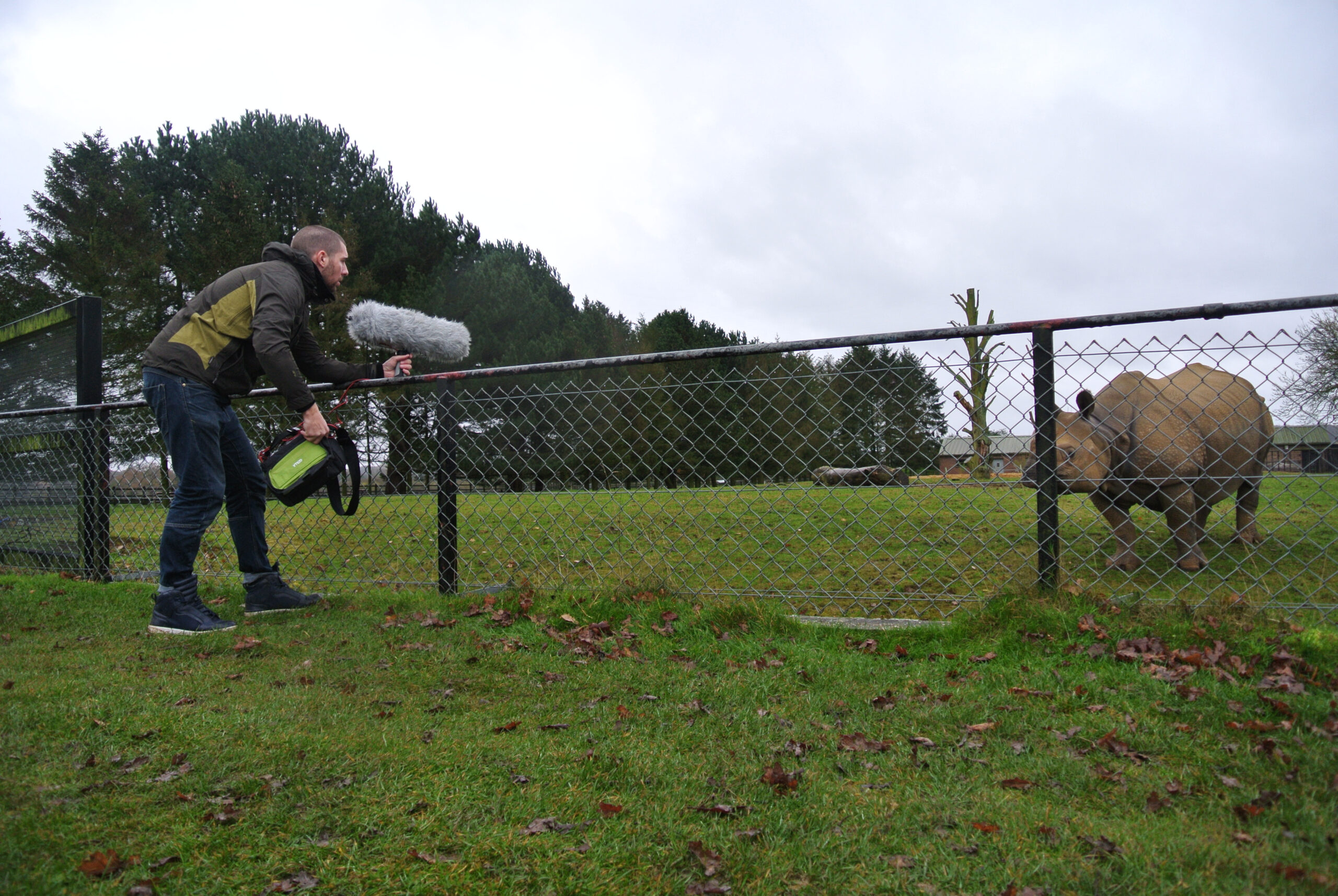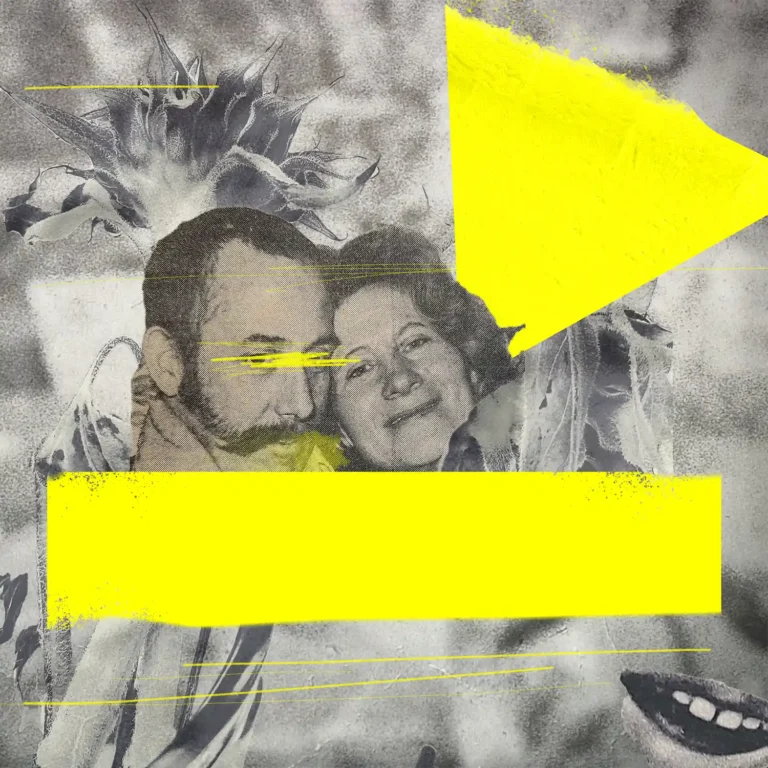We’ve been working on a feature project lately that presented several unique challenges to us from a Sound Design perspective. One such challenge was to create violent and threatening creature sound effects for a full scale fight scene. Now, whilst it would’ve been very easy to reach for the nearest sound effects library, that’s not really our style, and frankly making our own proved to be far more fun…
First and foremost, the creatures themselves needed to impart a definite sense of danger sonically to our lead characters, especially as we hear them before we see them. It was also important however, that we had enough variety in the sounds we produced that we could convey what the different ‘roars’ were trying to communicate: anger, pain, excitement etc.
We felt the best results would be a combination of ‘performed’ human screams and shouts which we would in turn highly process, combined with various ‘sweeteners’ in the form of animal sounds and also other samples that represented any kind of gutteral angst. So using a combination of multi-timbral pitchshifting, some basic EQ and compression we got in front of the mic, and let our inner beast out. By pitching the sound downwards nearly 2 octaves (then blending some of the unprocessed signal subtly back in) we could replicate the kind of register a large creature’s voice might sound like.
These performances provided the basis for the large majority of the screams we needed, but we felt they needed a little extra depth and some more high-pitch ‘banshee’-type elements to really set the creatures apart and give the creatures more of a ‘vocabulary’. Once again rather than reach for the nearest library, we got in contact with the good folks at Whipsnade Zoo in Hertfordshire, and asked if we couldn’t bring our mics down and get up-close-and-personal with the various wild animals. They were only too obliging and so we set off with the field rig in-hand in an attempt to capture those elusive primal wild animal noises, whilst not getting mauled in the process!
They say never work with kids or animals, and indeed we found that getting ‘performances’ out of various animals: lions, rhinos, tigers, bears, primates etc was very much a waiting game. There are some fairly dubious and immoral techniques I’ve heard some recordists use (such as smoking around the animals to aggravate them), but we were very respectful of the animals and their enclosures and followed the keeper’s lead. However, we did get some solid gold raw audio from a few species we sampled, most notably the common hippos, seal-lions and red hogs. The sea-lions especially produced a truly chilling gutteral call that was perfect for the project.
These samples were recorded inside in the sea-lion pool area of their enclosure so our next challenge was to remove the reverb and any water or buoy noise inherent to the recordings, and then place them ‘outside’ so acoustically speaking, they would fit the on screen action. Using the excellent Unveil plug-in from Zynaptiq (www.zynaptiq.com), we were able to clear up a large amount of the background noise and room characteristics, leaving us with a much drier and more useable piece of audio to blend back into our vocal performances. Other individual spot effects were added to individual screams, including some wild pig squeals Paul recorded in Brazil last summer as well as some throaty scraping type textures courtesy of close-micing a knife cutting through a pepper, which added a lovely harshness to overall sound.
With some further production necessary to blend these sounds into a homeogenous one, we’d succeeded in bringing these creatures dangerously to life. Like the remainder of the layback, we’d not used any library sfx at all. All sounds we finally tracklaid were designed, recorded and produced from scratch. Here’s the final dubbed scene in question, in which we also produced the orchestral soundtrack.



